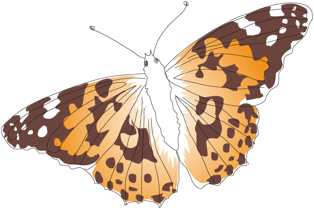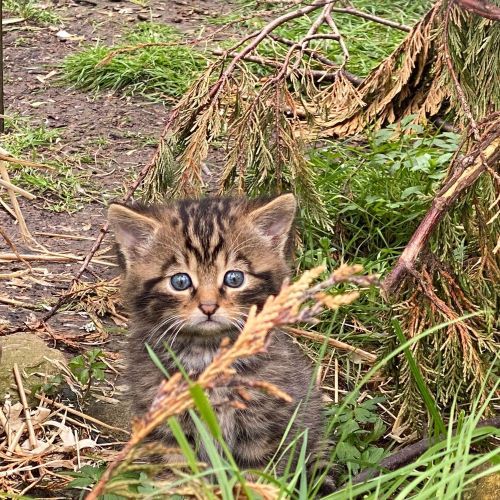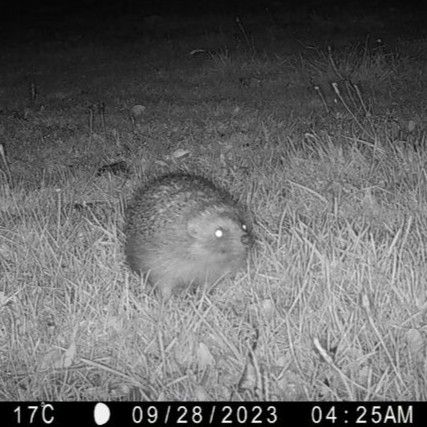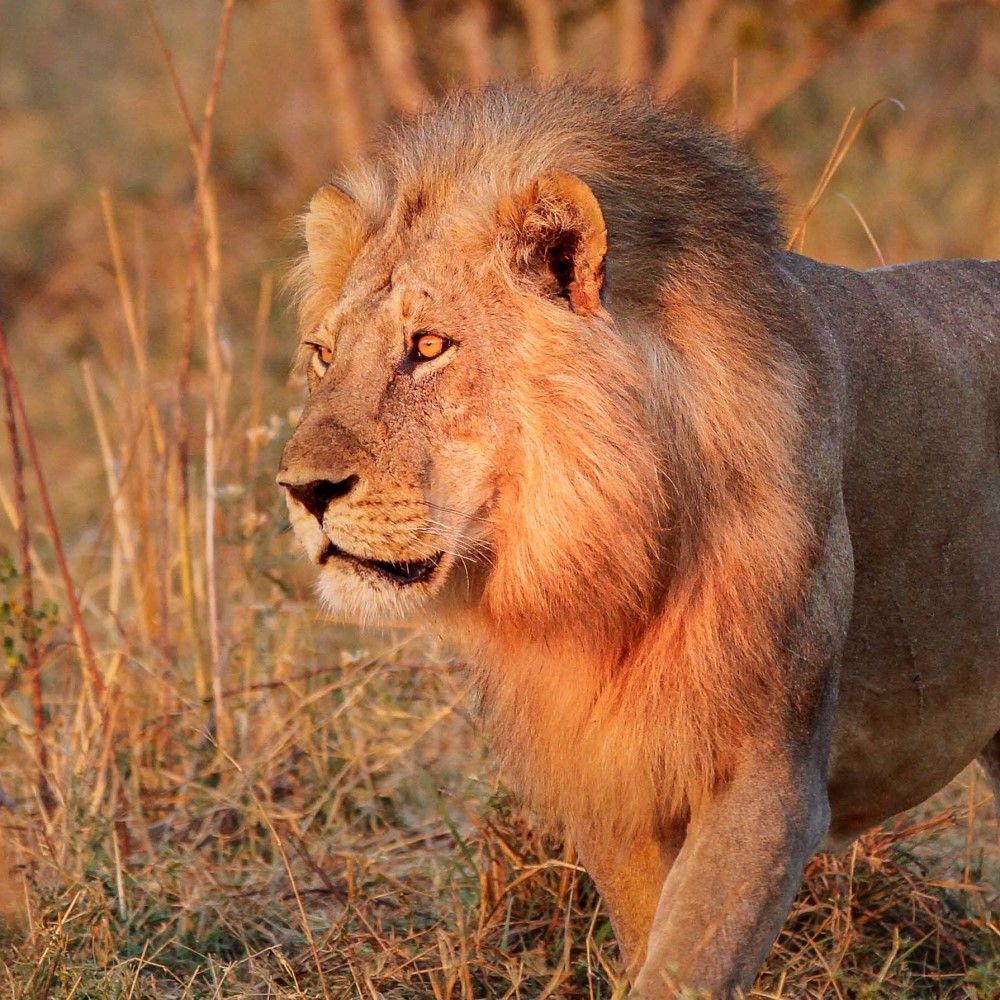Who we are
We’ve been standing up for wildlife for over 40 years. With the help of scientists, conservationists, landowners, and the general public, we’re working to protect our delicately balanced ecosystem by bringing our most threatened species back from the brink.
Where we work
Funded by our generous supporters, our grant programmes support the very best scientific researchers and wildlife experts out in the field. The evidence they unearth guides worldwide conservation. Browse the map below to discover the amazing wildlife we’re saving from extinction.

Clinging on by a claw



Help hedgehogs from home

Our recent successes


Latest news from PTES
SFIs; Do too many farmers want to help nature?
New applications for the Sustainable Farming Initiatives (SFIs) have been suspended with no warning. A Defra press release optimistically framed this as ‘having reached its completion’ as the budget had been ‘successfully allocated’. There will be a reset and a new scheme will be announced in summer this year. But what does this mean in …
PTES’ long-running survey reaches the end of the road
Road casualties tell us something about the living You might think a field guide to identifying ‘roadkill’ was unnecessarily macabre, but as Roger Knutson explains in his 1987 book, Flattened Fauna, ‘in becoming part of the road fauna … an animal loses not only its life but also … most of its mass and much …
The future of hedgerows depends on the swift return of capital grant support
“The recent freeze to these capital grants has undermined the financial security landowners vitally depended on. It’s a huge step backwards that will damage our chances of preventing further loss of this vital countryside network and the ambition to extend and improve it.” Hedgerows need our help We’ve had hedgerows for almost as long as …

